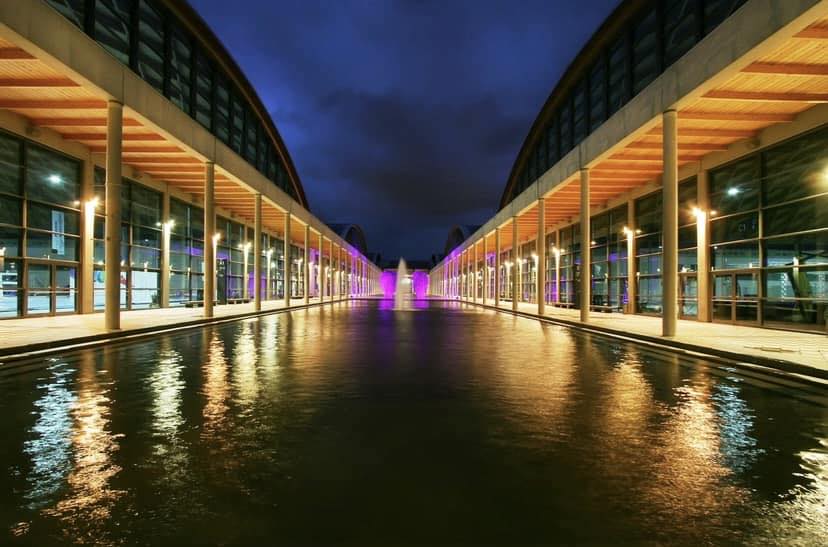1 giorno
The building that houses the museum, next to the church built by the Jesuits between 1719 and 1740 in honor of San Francesco Saverio, was built between 1746 and 1755 on a project by architect Alfonso Torregiani (1682-1764) as a college of the Jesuits.
From 1797 to 1977 it was used as a hospital, first military and then civil, suffering many functional changes.
The main objective of the Museum is to 'illustrate' or 'demonstrate' the history and cultural development of the city and its territory; in fact, it aims to be a point of reference for every recovery operation of the city's historical memory, it preserves and offers some important testimonies that historical events have now removed from the natural context.
These indispensable testimonies are however unique for the understanding of Rimini's art and figurative culture, which in some cases go beyond the purely local interest for their great poetic as well as historical significance, and for this reason they are universally known.
Since 2007 the surgeon's Domus, a small Pompeii emerged from the darkness of the centuries in the historic heart of Rimini, is open to the public.
Destroyed by a fire around the middle of the third century, the Domus has revealed, among the rubble, structures, mosaics, plasters an furnishing. The excavation area is open to the public and integrates with that of the Archaeological Section of the nearby City Museum (via Tonini 1), where the display of the materials found and a faithful reconstruction of the medical taberna bring us the testimony of the professional and private life of the surgeon of Ariminum.
Price: Special price € 5,00
When: from Tuesday to Sunday 10 a.m. - 1 p.m. and 4 p.m. - 7 p.m.
Wednesday and Friday July and August opening also from 9 p.m. to 11 p.m.
closed on Mondays except holidays
Where: Rimini historic center








